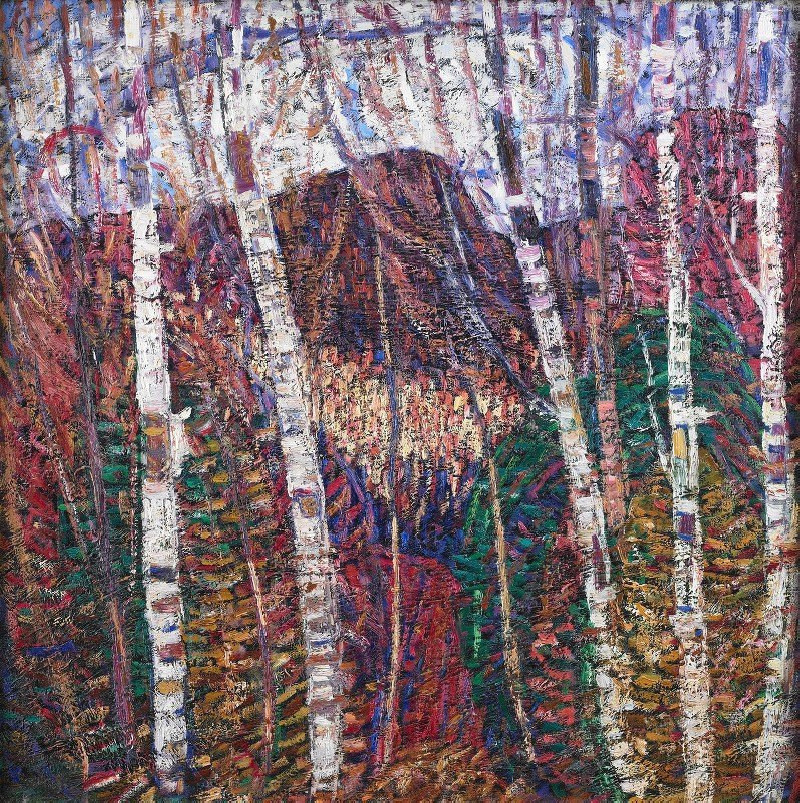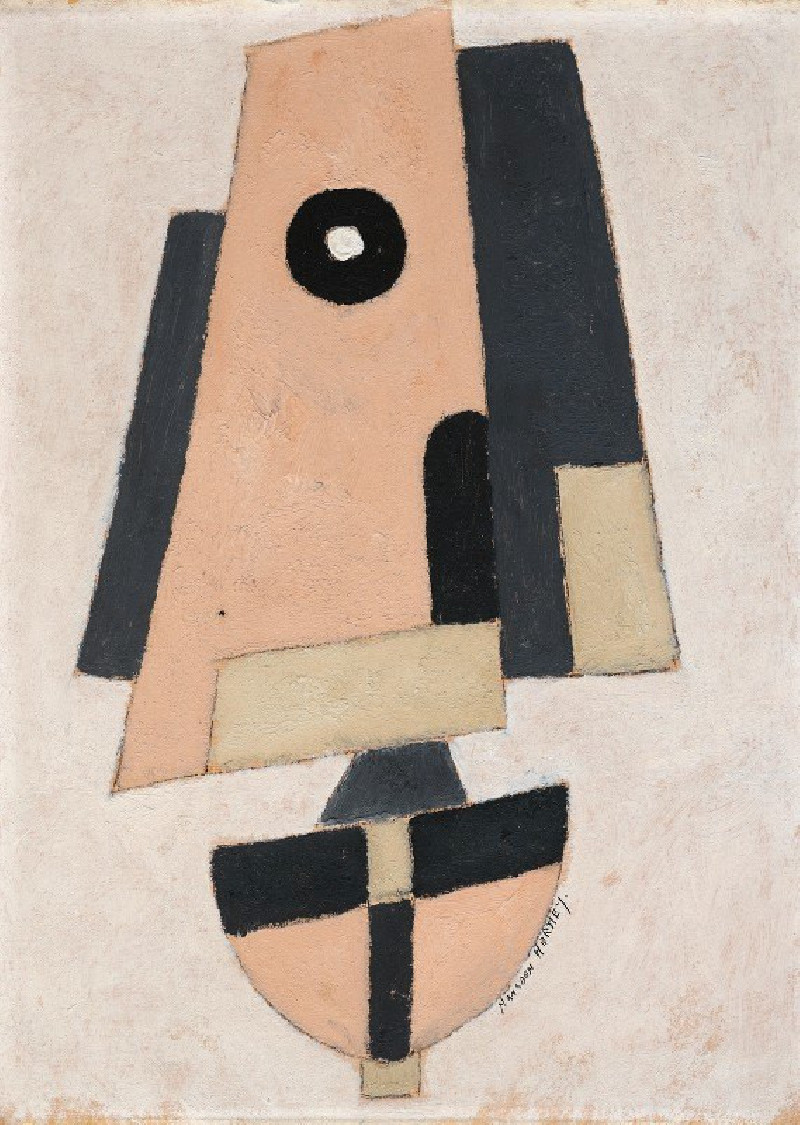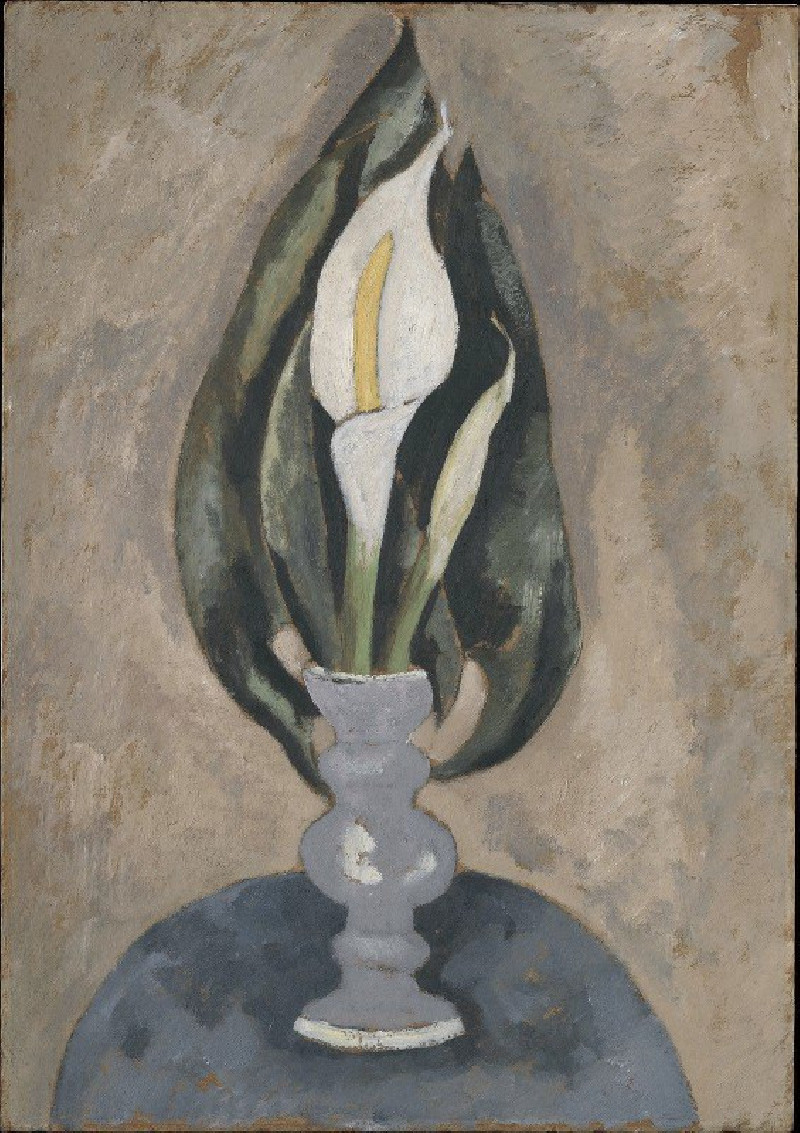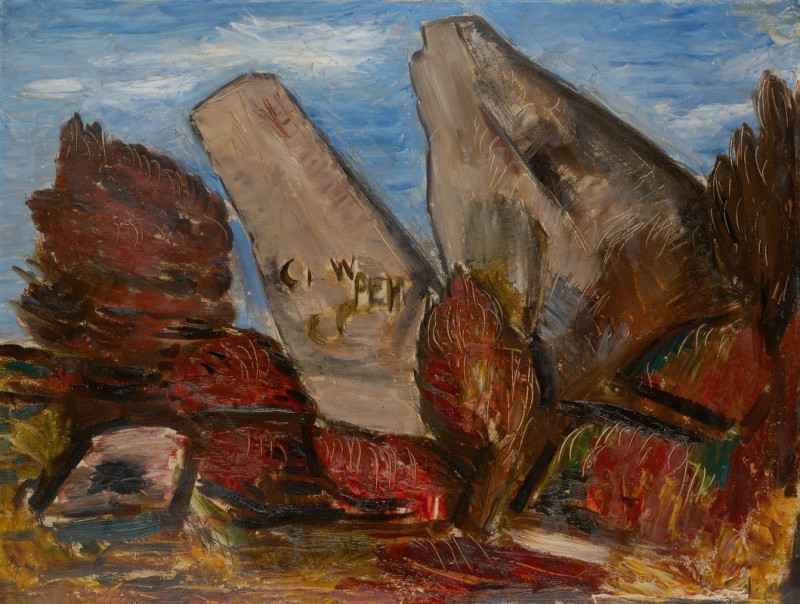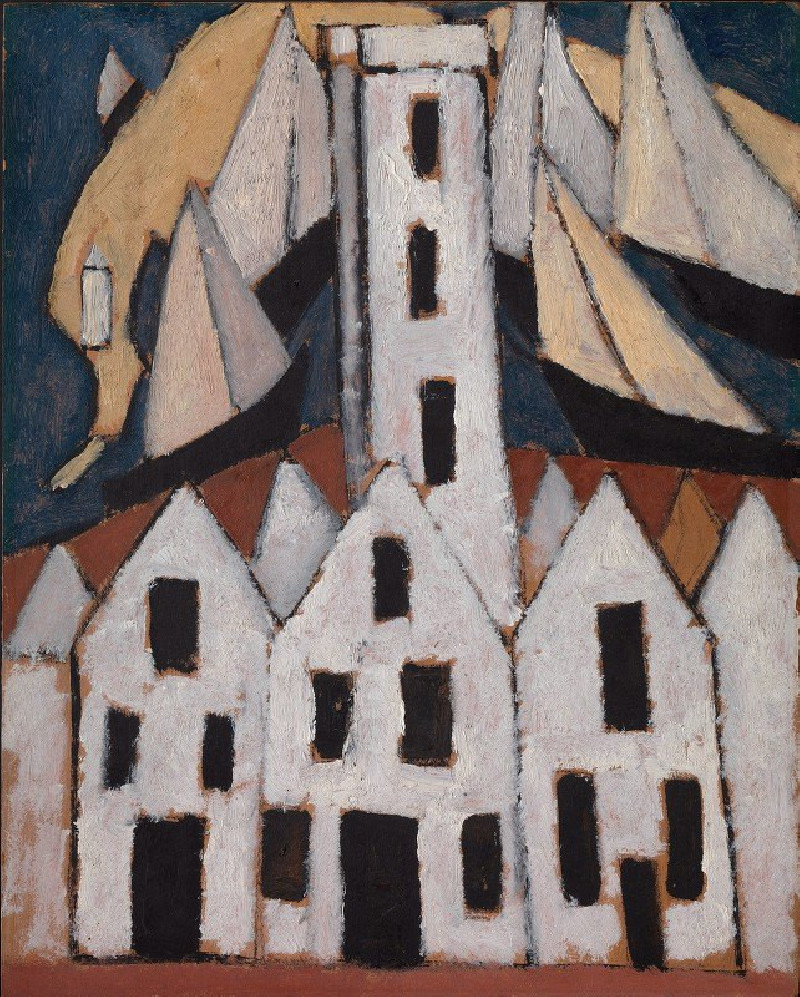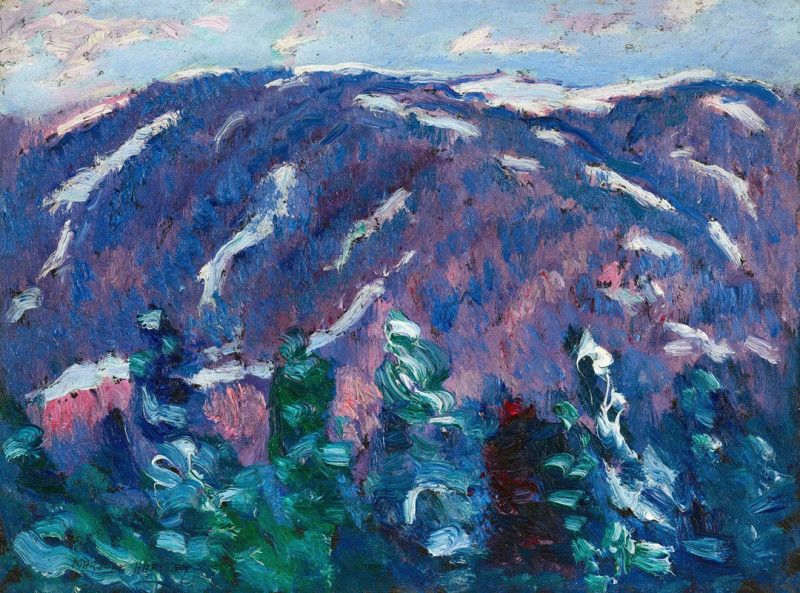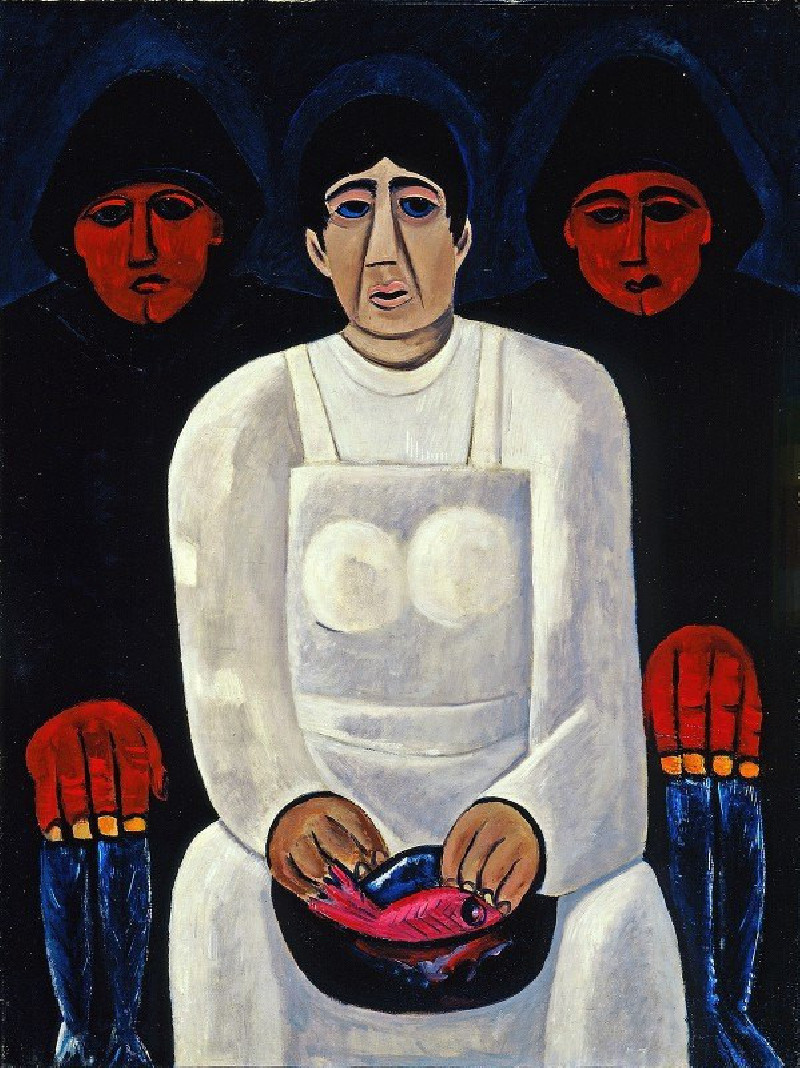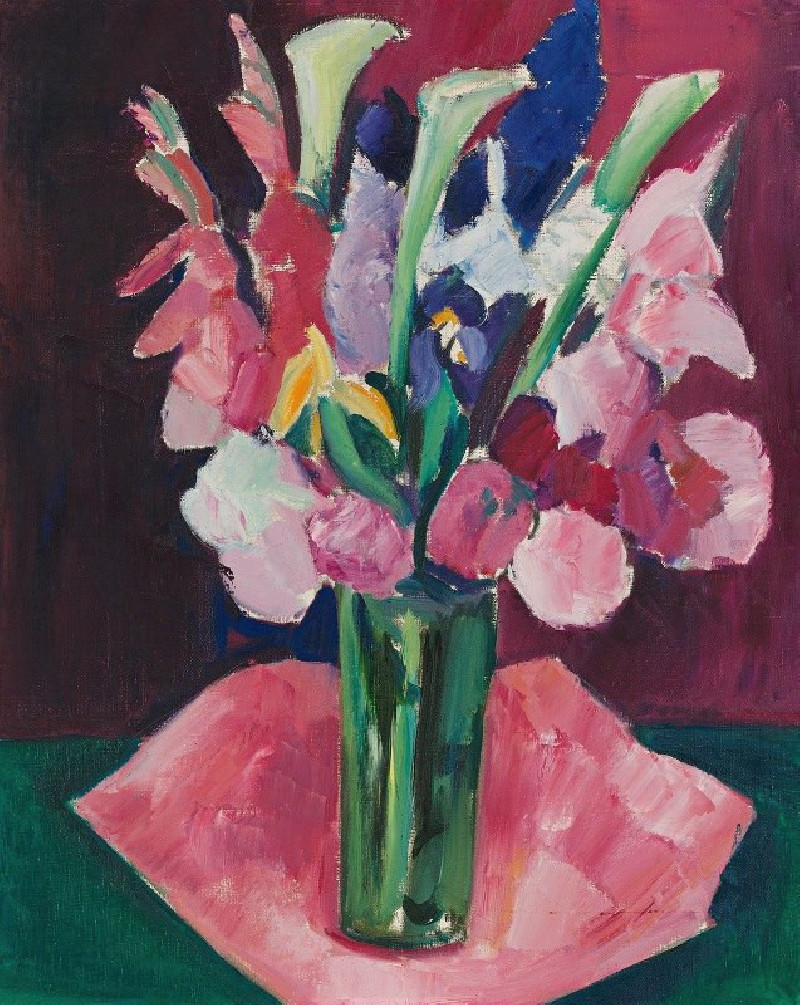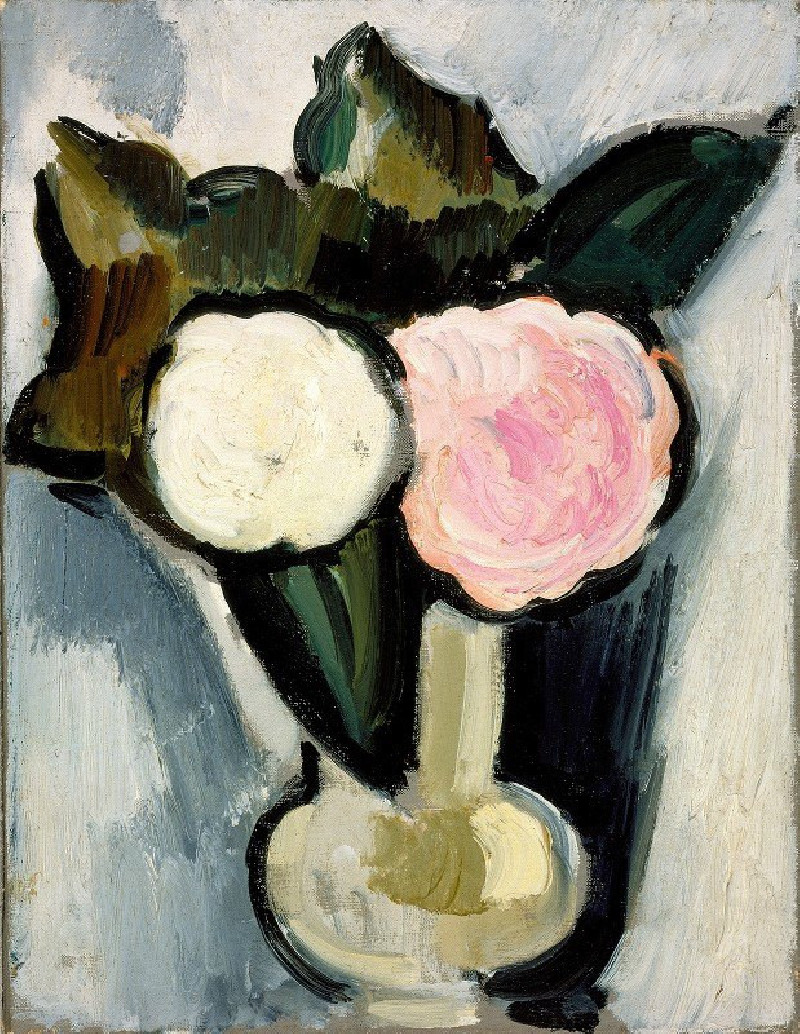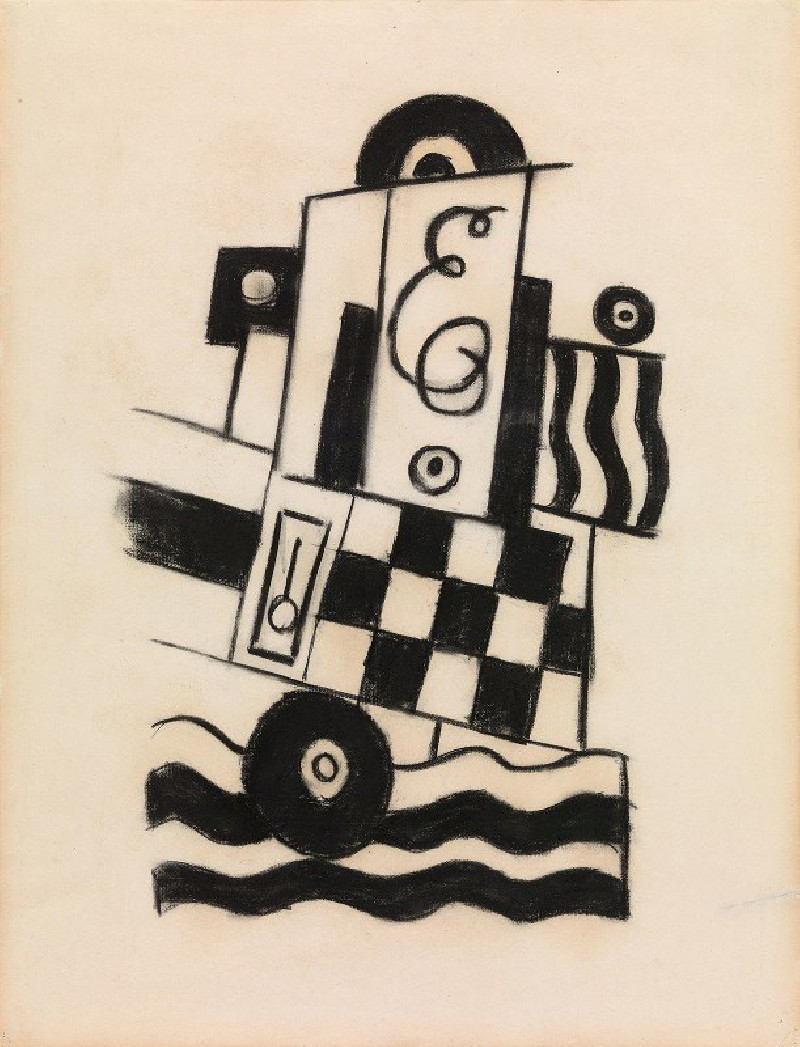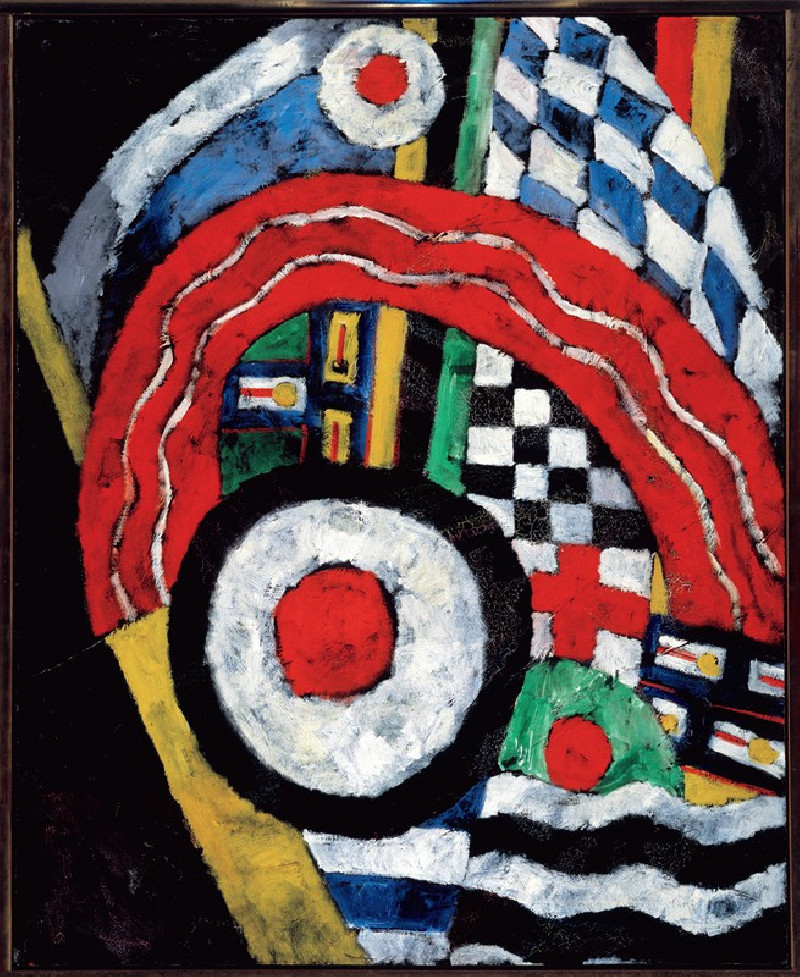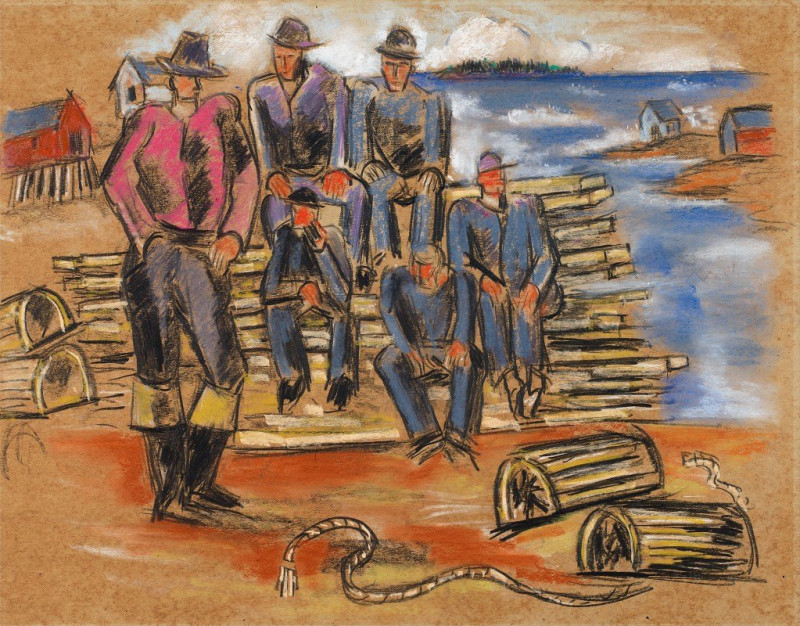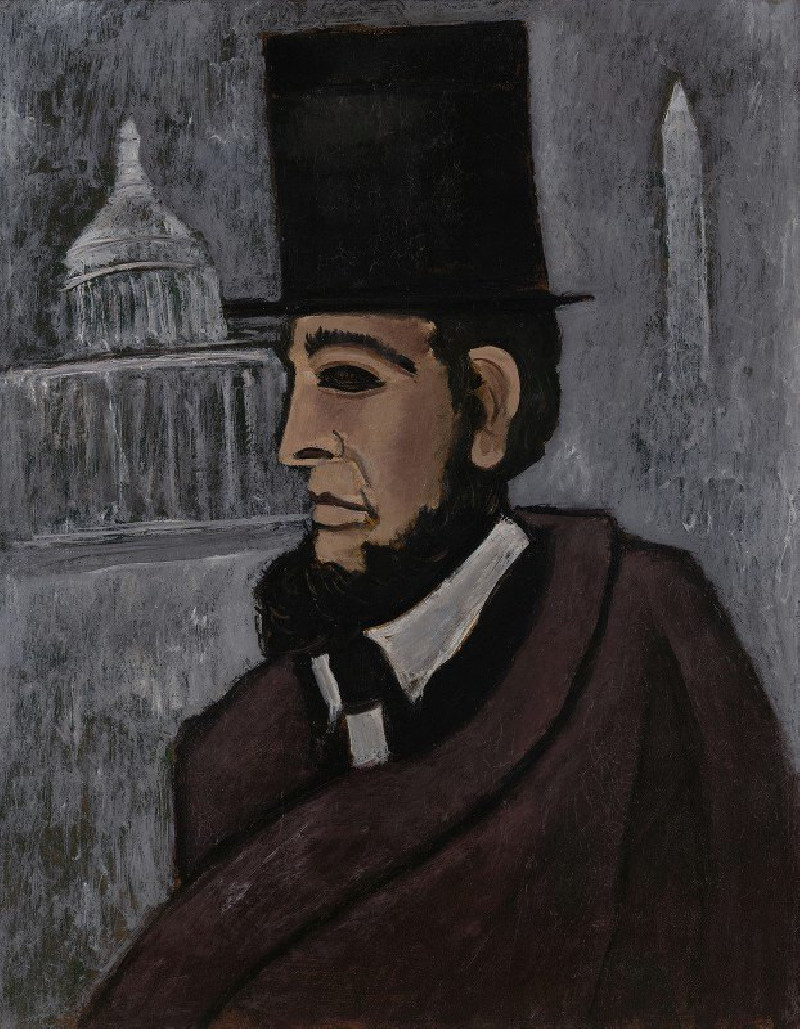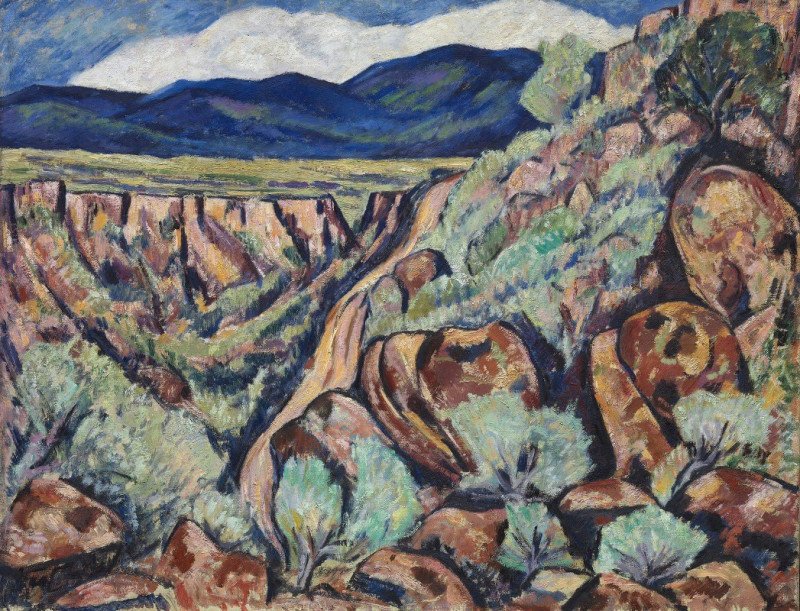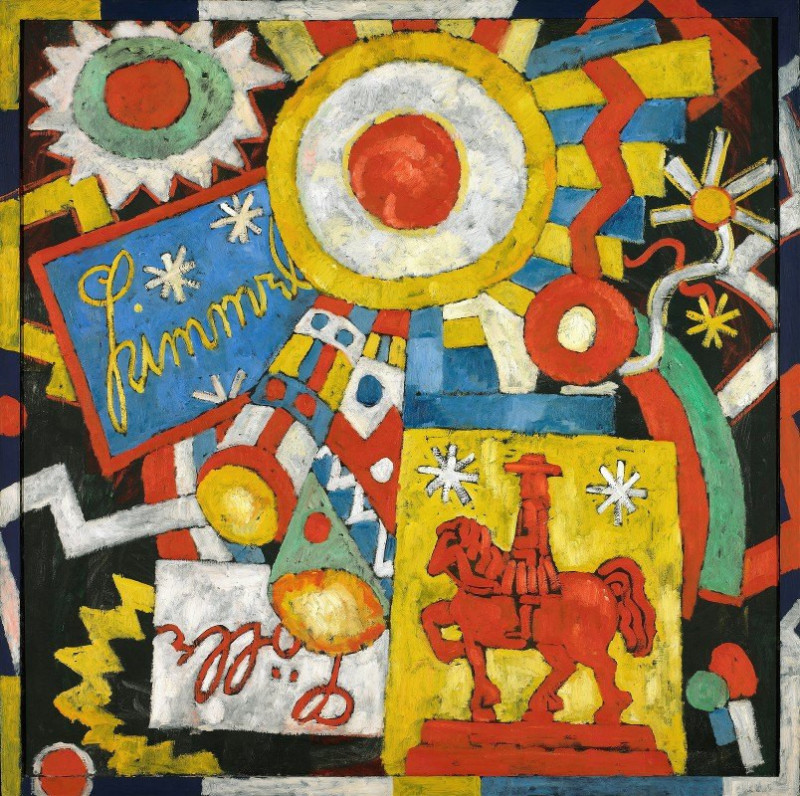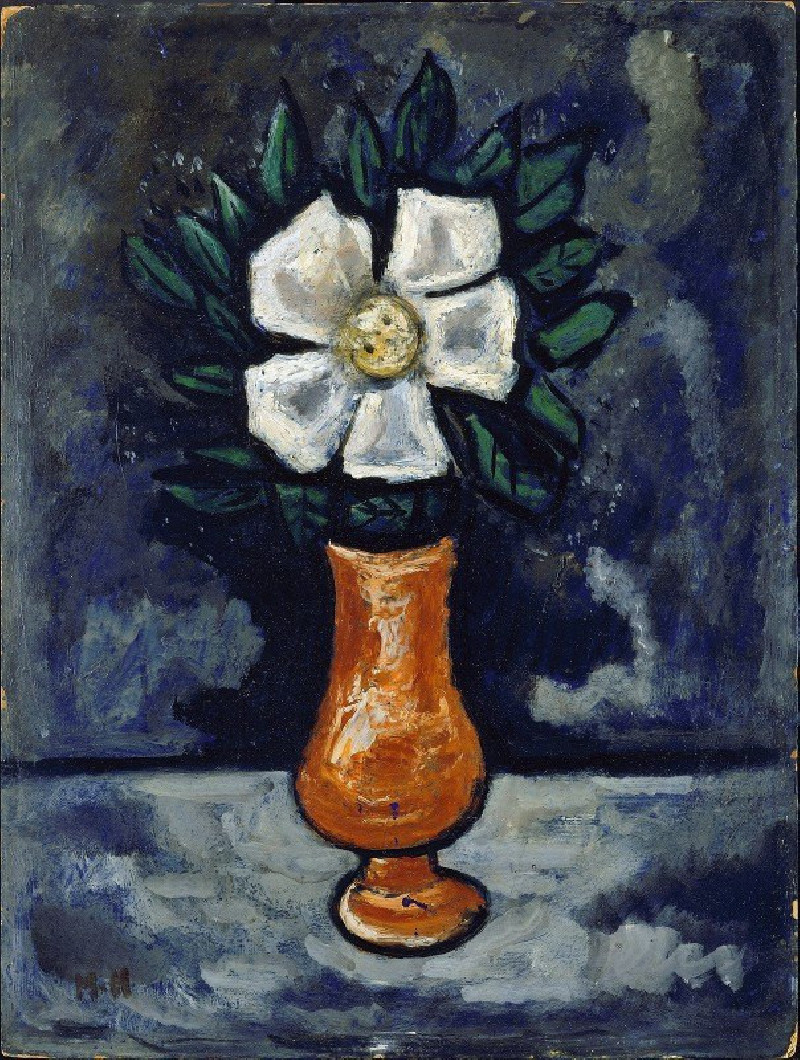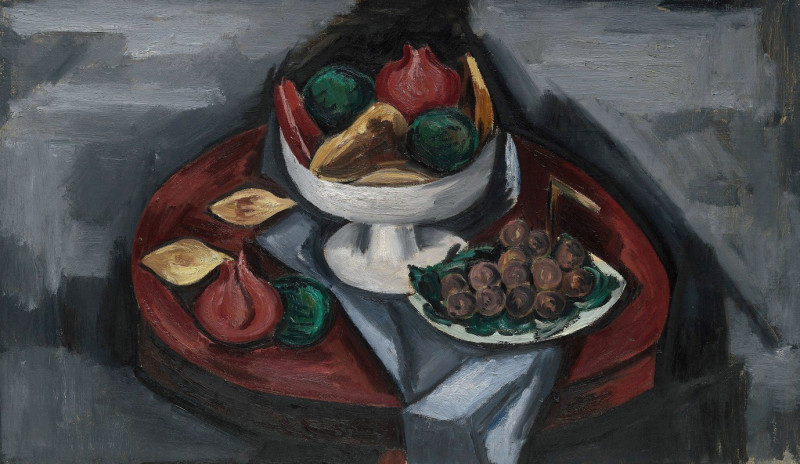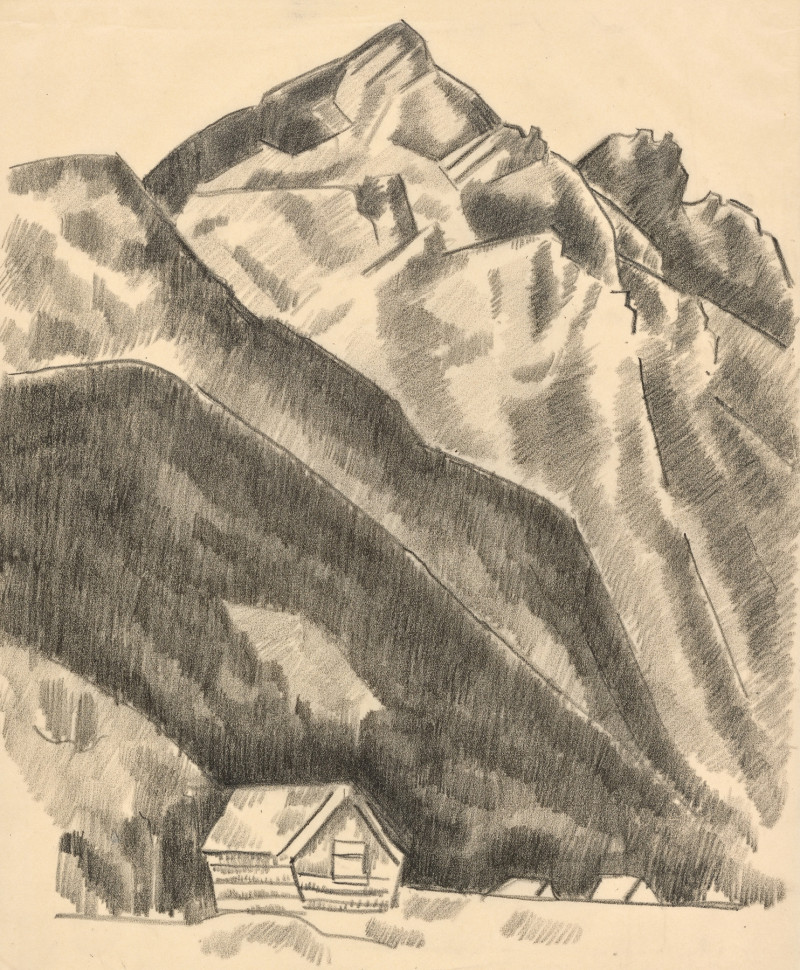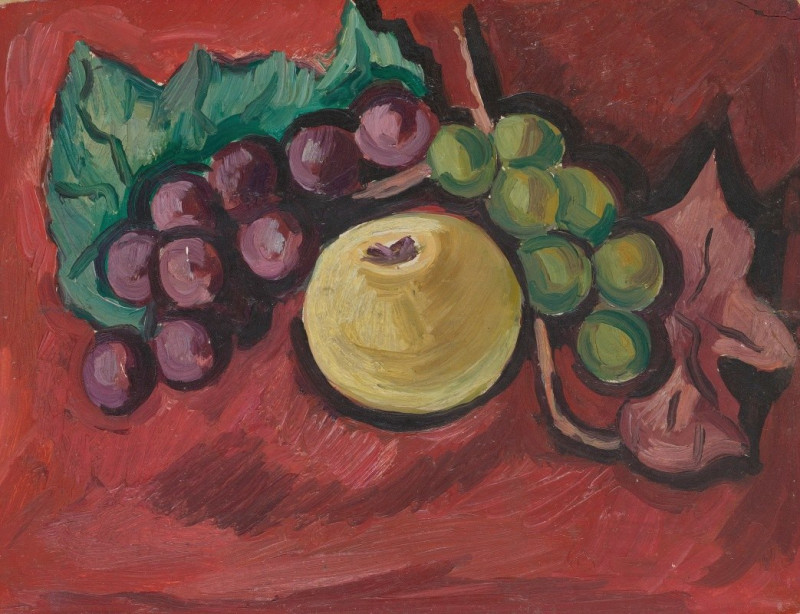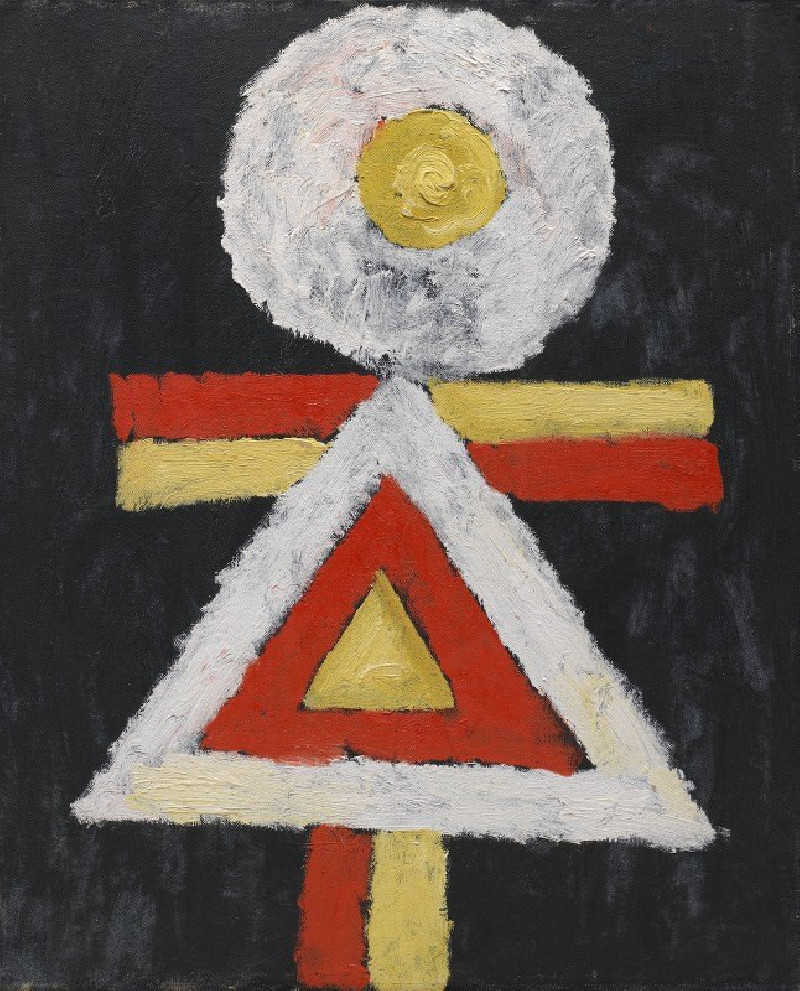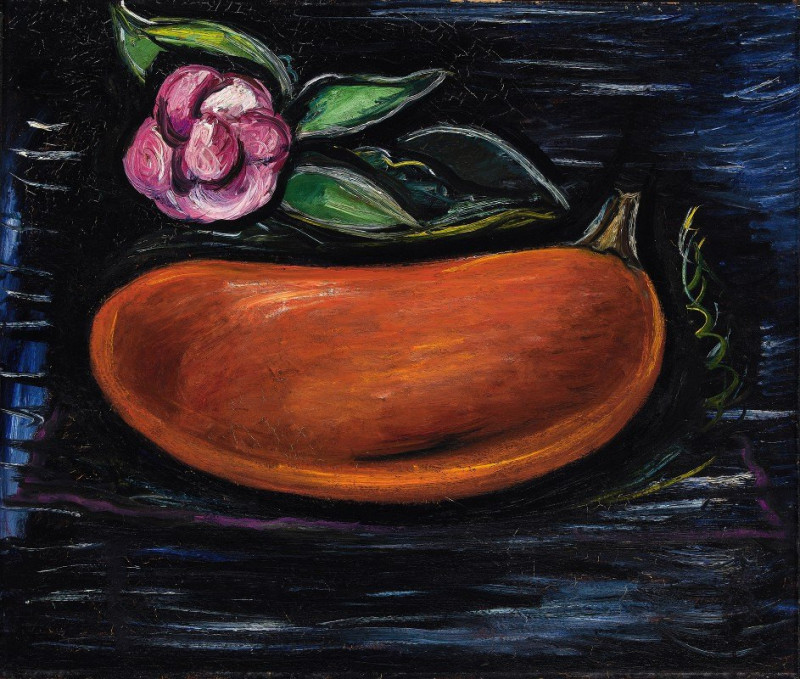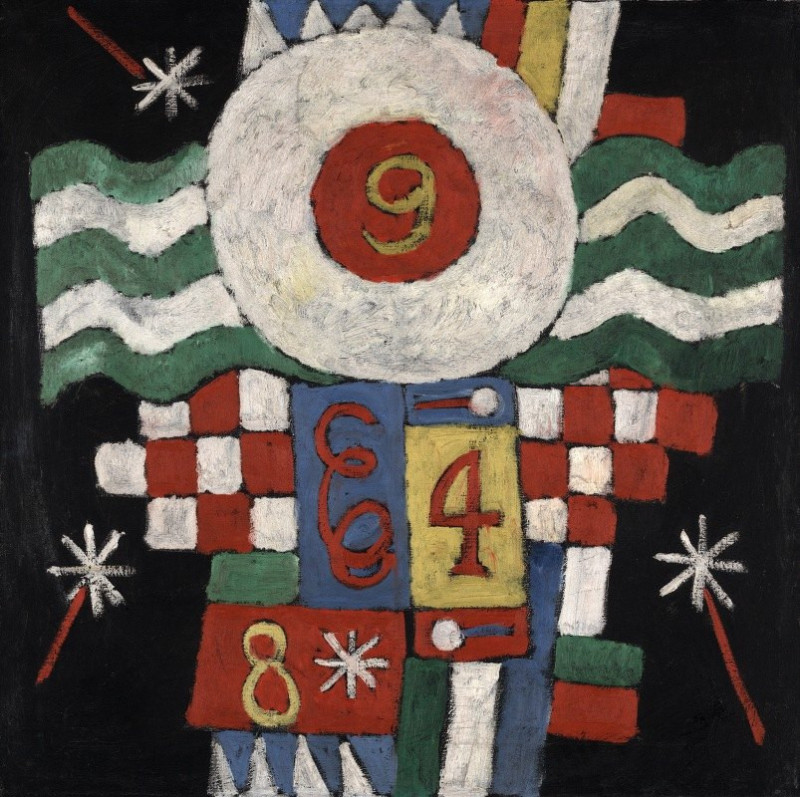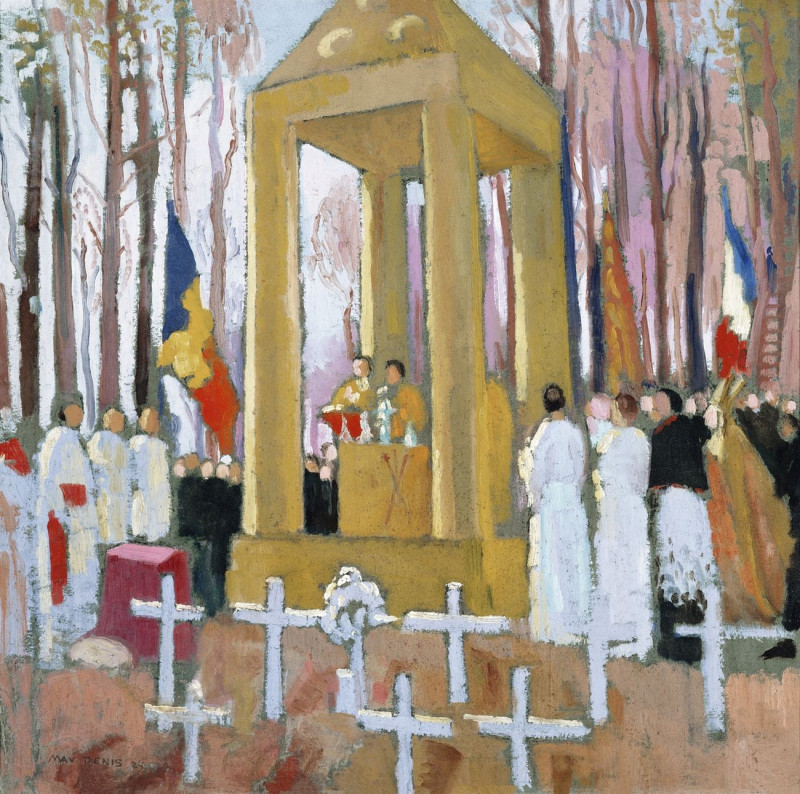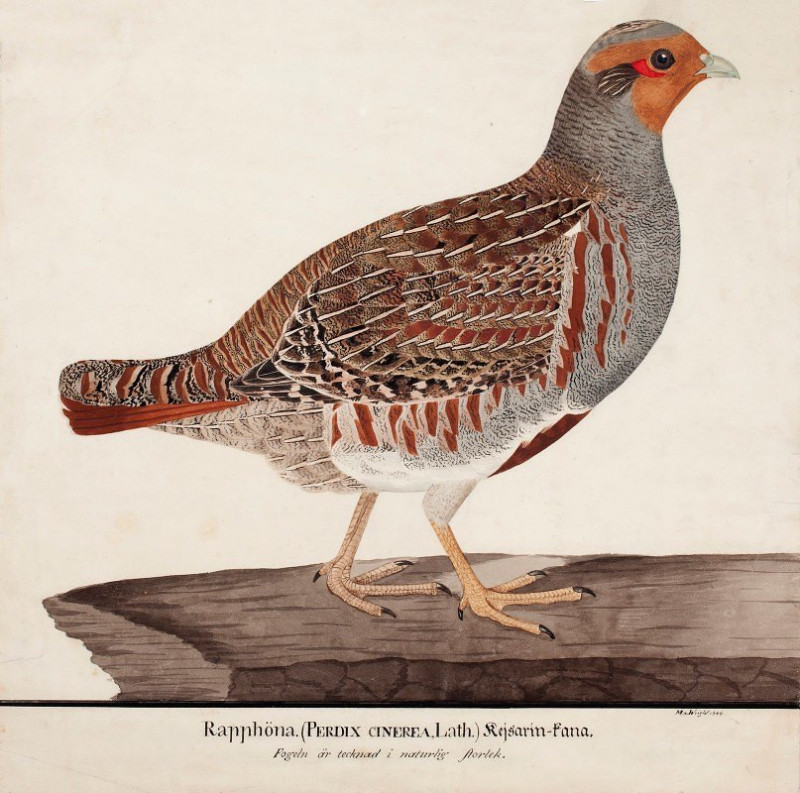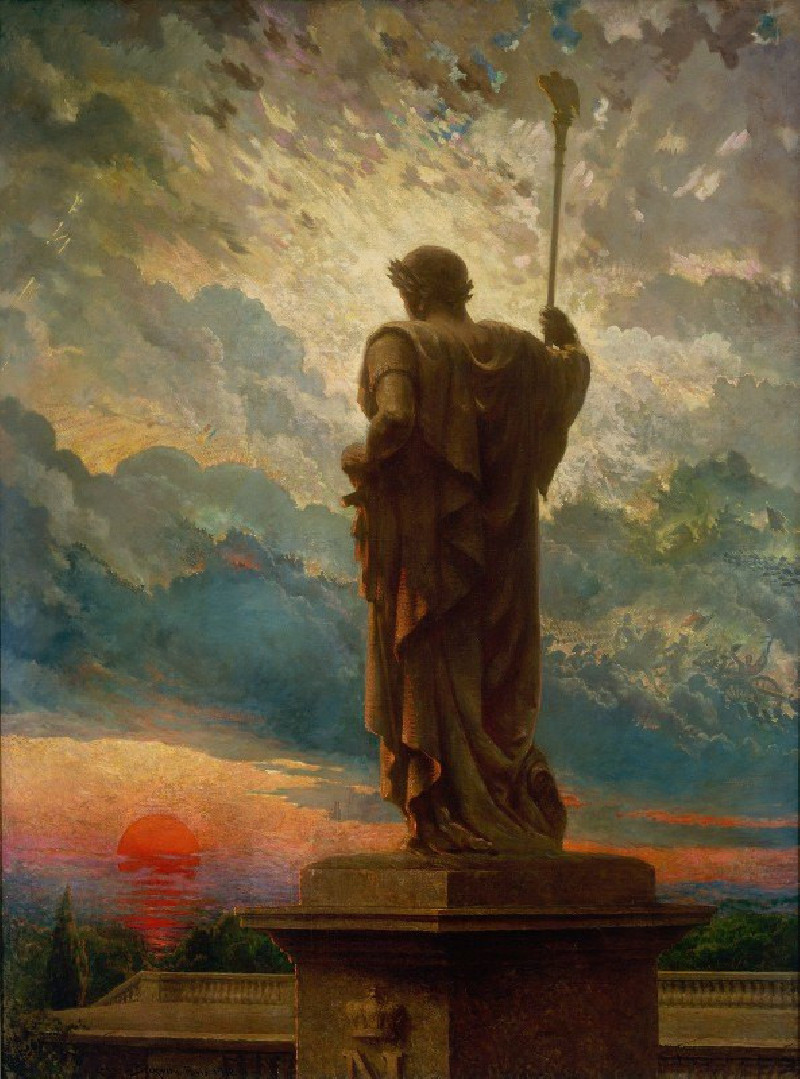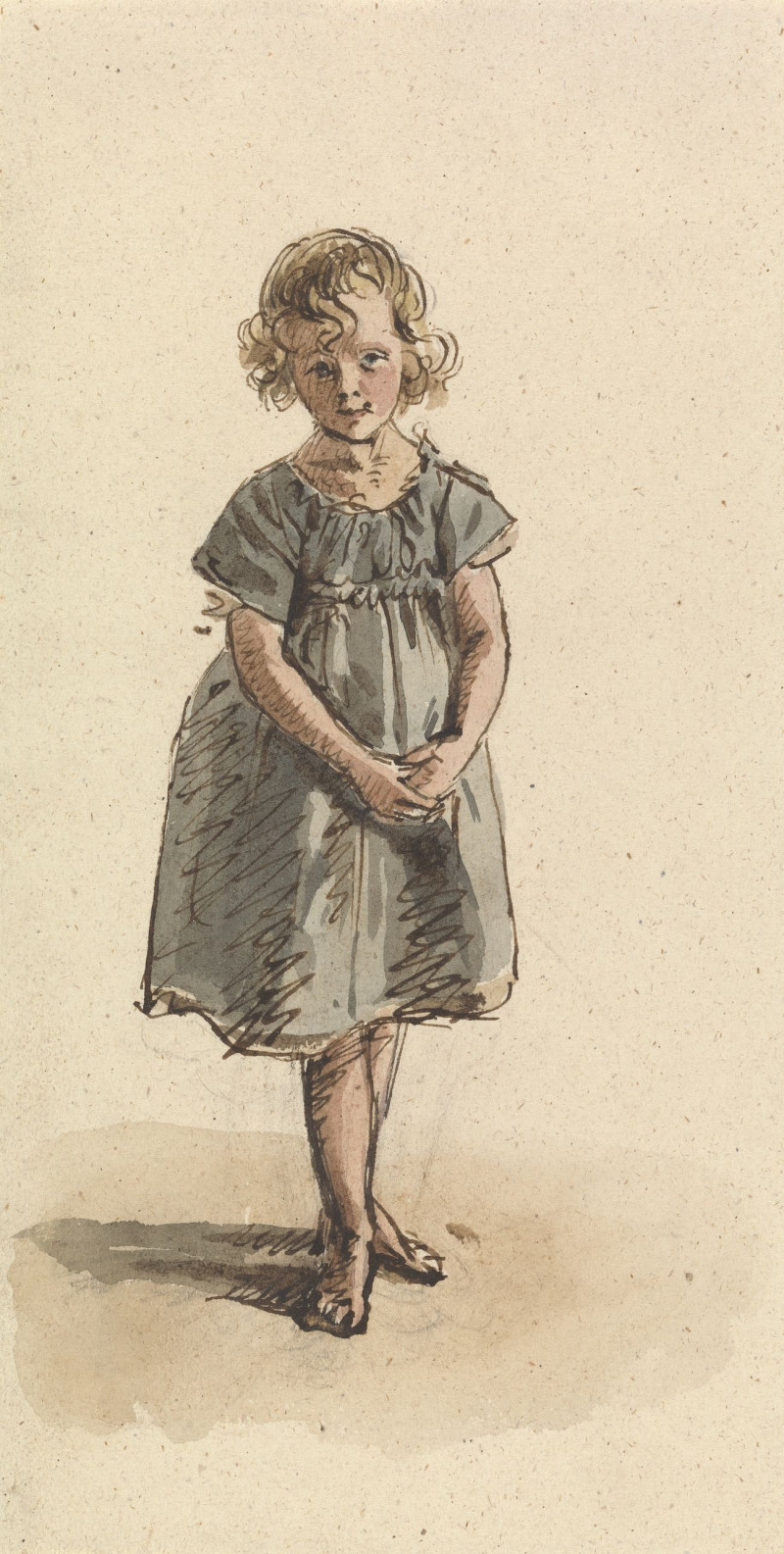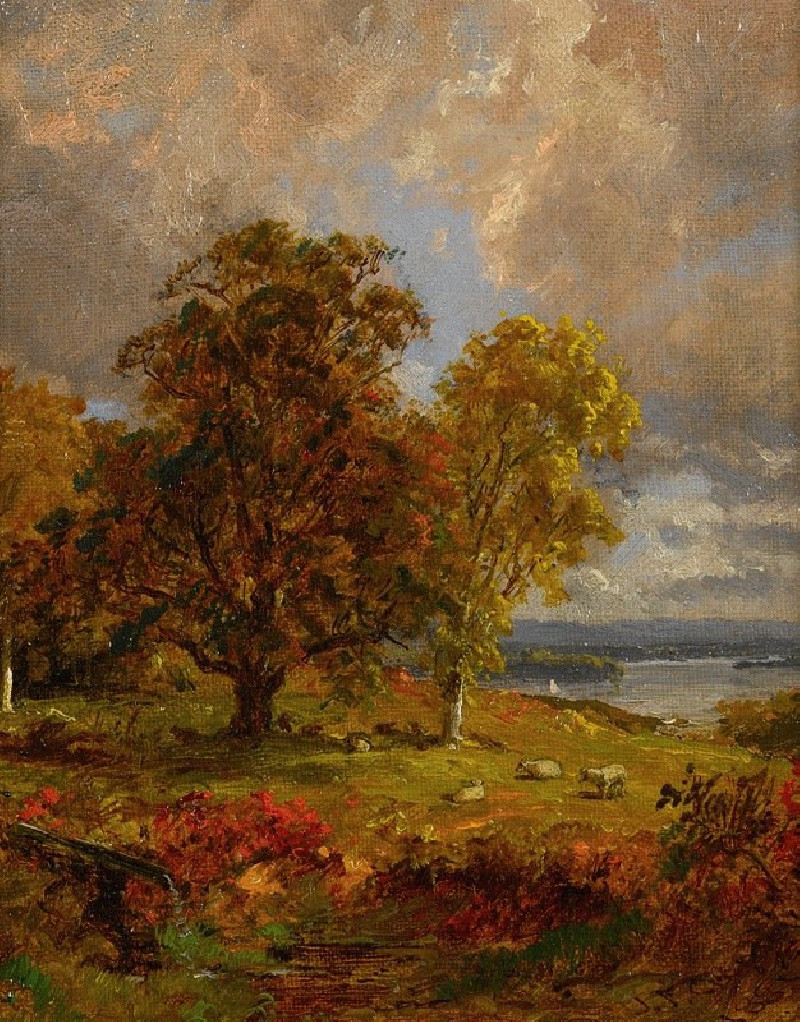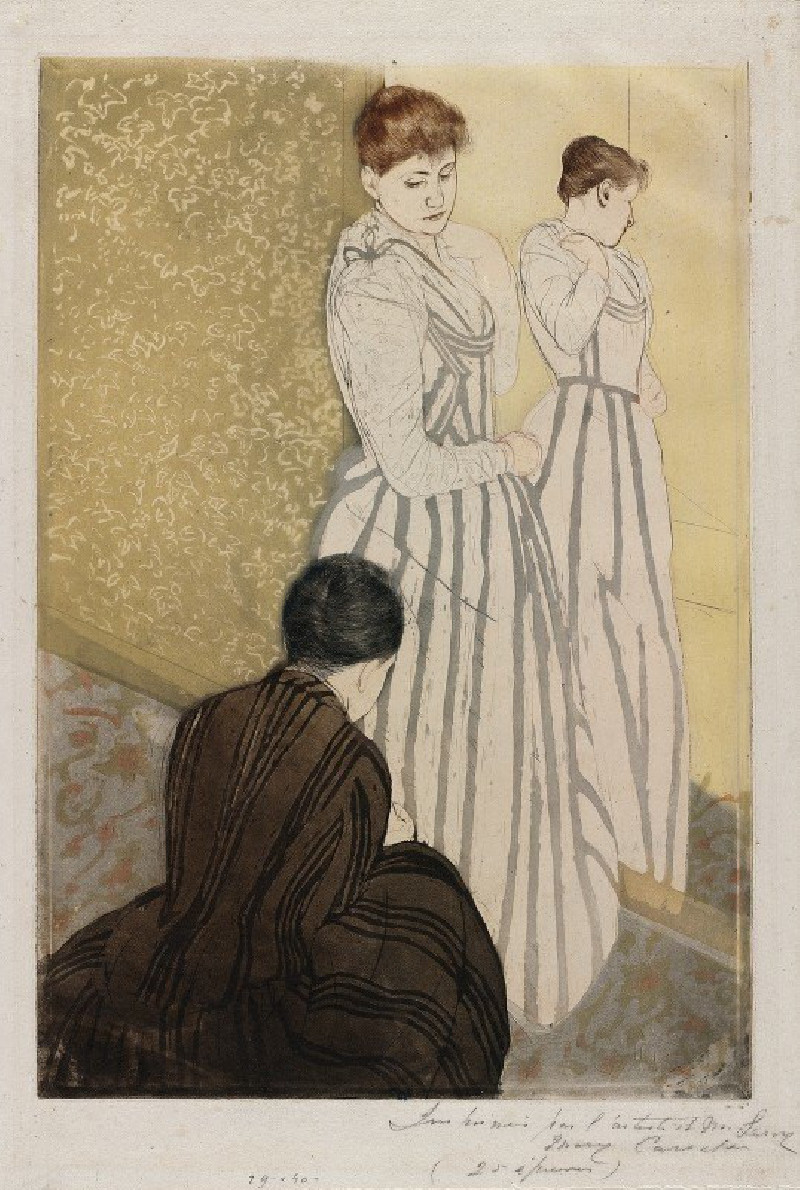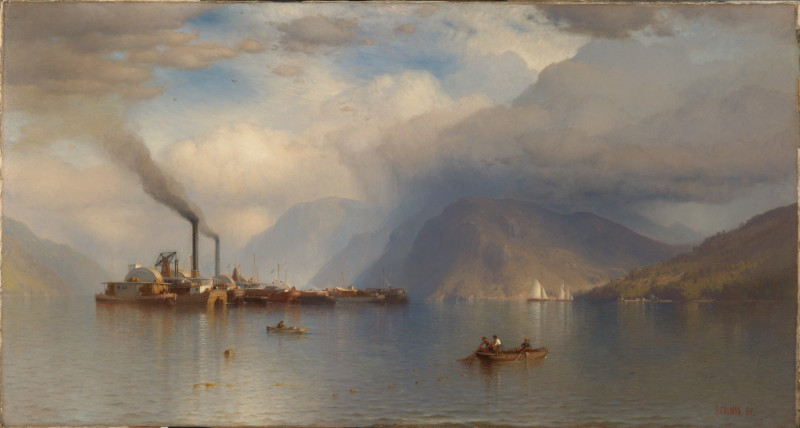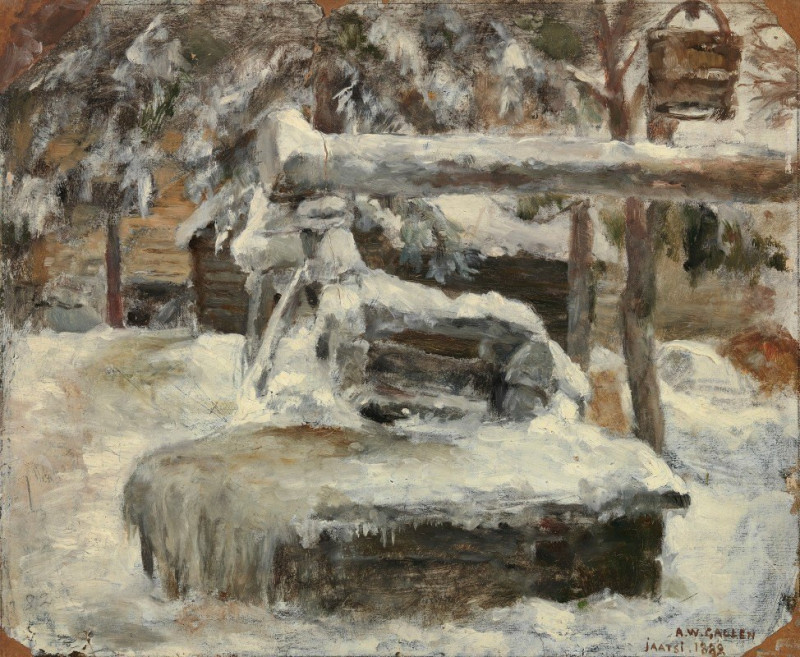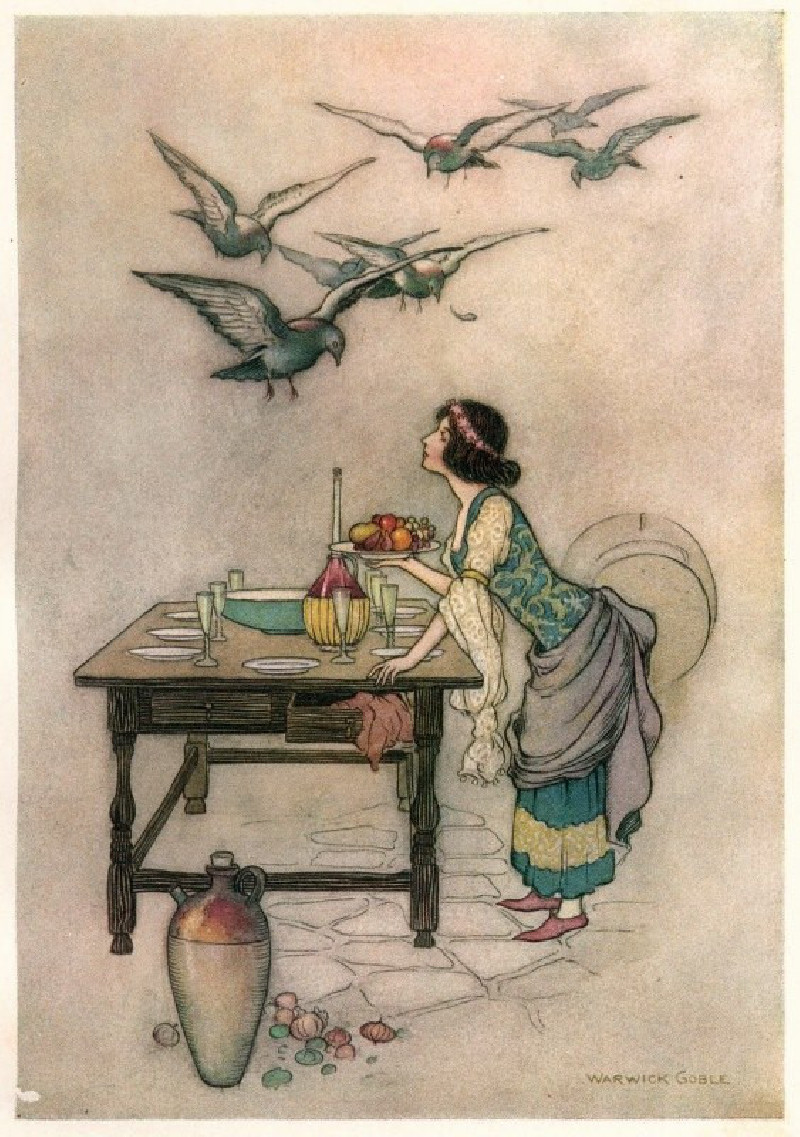Banquet in Silence (1935 and 1936)
Technique: Giclée quality print
Recommended by our customers
More about this artwork
"BANQUET IN SILENCE" by MARSDEN HARTLEYDive deep into the evocative world of Marsden Hartley's "Banquet in Silence," a captivating painting that brings together the surreal and the symbolic in a visually arresting composition. Created during the years 1935 and 1936, this piece showcases Hartley’s remarkable talent for melding color, form, and emotion into a cohesive whole.At first glance, "Banquet in Silence" holds a stark, almost arresting simplicity—the painting depicts three white fish, their flesh rendered with textured strokes of white and pale pink, contrasted sharply against dark green leaves and vibrant, round pink fruit (possibly apples or peaches). The backdrop is a serene expanse of blue, enhancing the stillness and almost melancholic tranquility of the scene.The fish, with eyes that seem almost hauntingly aware, appear both as the banquet's offering and its silent participants. This duality may invoke contemplations on the cycles of life and nature's bounties—themes that are often explored in Hartley's work. The use of bright yet soft colors contrasts with the solemn subjects, suggesting themes of sacrifice and renewal, celebration and mourning.Hartley’s technique, with its robust textural effects and expressive contours, imbues the painting with a tactile presence, inviting viewers to ponder more deeply about the interconnectedness of life and death, the speakable and the unspeakable.
Delivery
Returns
Marsden Hartley (1877–1943) is a Maine native and a leading American Modernist painter, along with his contemporaries, Arthur Dove and Georgia O’Keeffe. He is well-known for employing geometric abstraction as well as bold colors and lines. His paintings depicted imagery of nature, landscapes, figures, and still-life. Sponsored by Alfred Stieglitz, Hartley went to Europe in 1912, spending most of his time in Germany, where he met Gertrude Stein, Wassily Kandinsky, and Franz Marc. After returning to America in 1930, he reconnected with the New England of his childhood and started to portray the landscapes of New England in his paintings.



